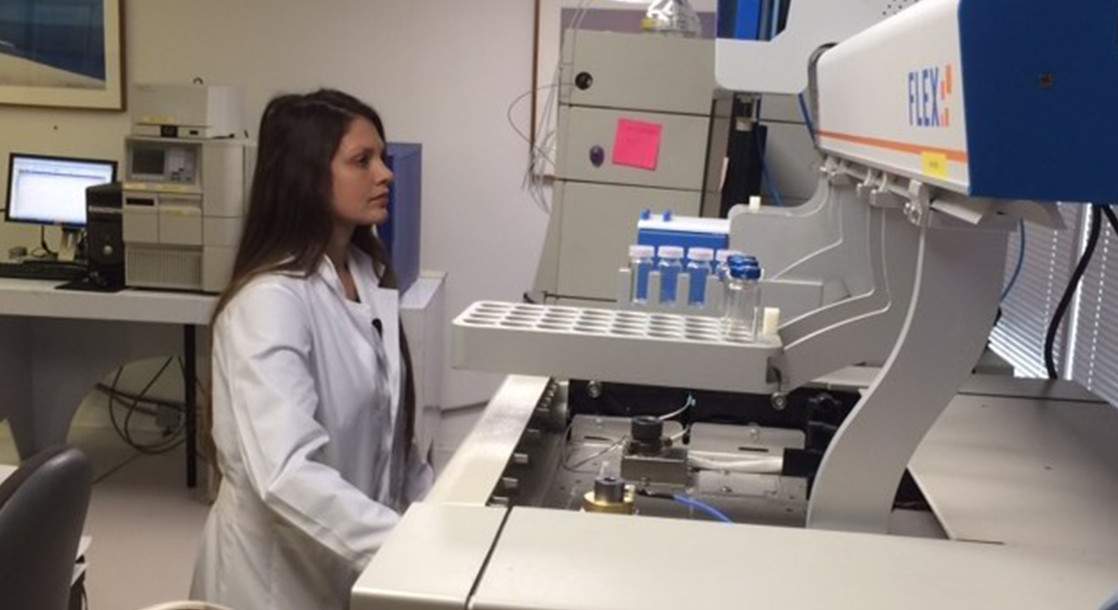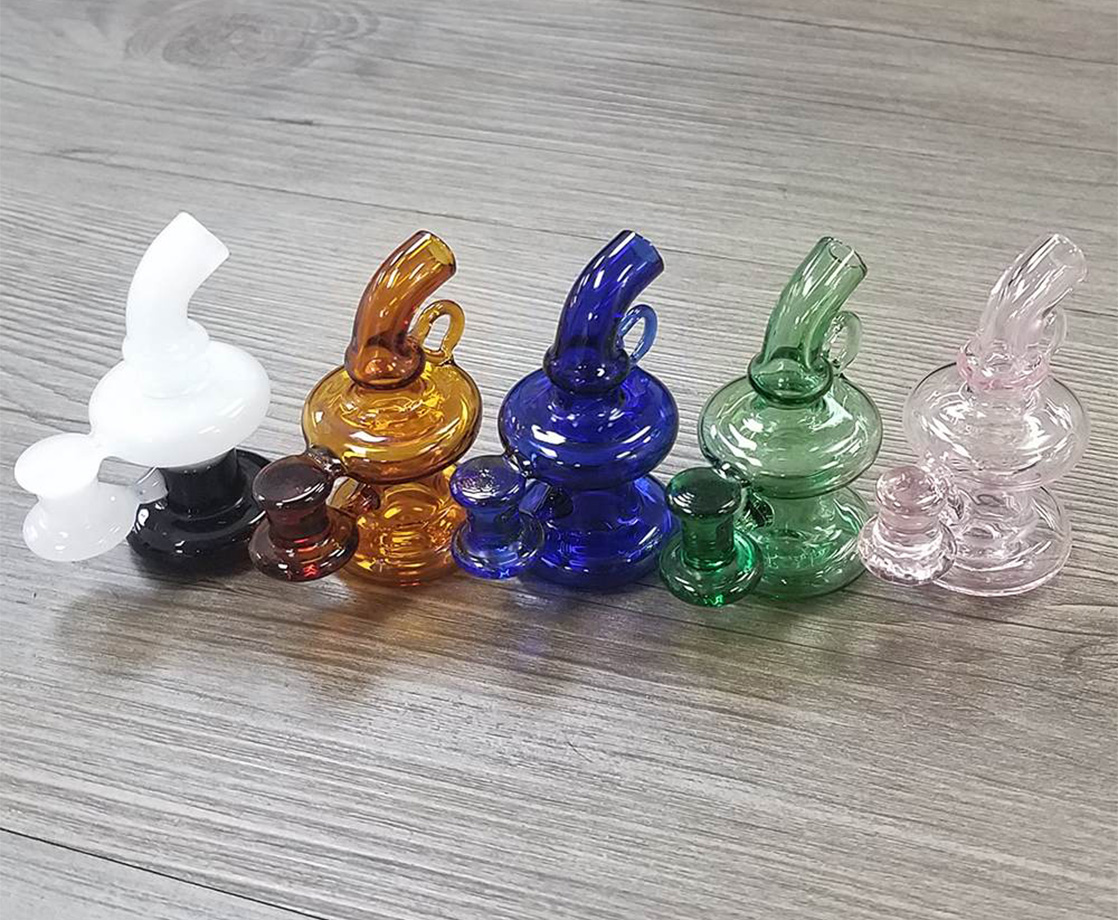As more and more countries legalize medical marijuana, the body of research on cannabis is growing exponentially, and much of this new research is focused on the individual cannabinoids present in the cannabis plant — all of which have different potential medical uses and benefits.
Traditionally, scientists have used complicated processes like ultrasound-assisted extraction, gas chromatography-mass spectrometry, and ion mobility spectrometry to extract these individual cannabinoids. All of these methods require expensive laboratory equipment, but recently, some scientists have discovered that these costly processes can be effectively replicated by a simple off-the-shelf espresso machine.
Curious about this technological shortcut, a team of Spanish researchers decided to investigate whether the expensive process of marijuana extraction could be done in a simpler fashion. “The use of hard cap espresso machines has been recently proposed for analytical extractions due to [their] easy use, speed, availability, and low price, providing efficient extraction of organic compounds from solid samples in few seconds,” the researchers wrote, according to Marijuana Moment.
In a new study due to be published in The International Journal of Pure and Applied Analytical Chemistry, the researchers detail how they used their lab’s espresso machine to create cannabis extracts from weed confiscated by Spanish law enforcement. The scientists extracted three cannabinoids — THC, CBD, and CBN — from the contraband flower, and compared the resulting product to extracts created by traditional extraction methods.
The results were a resounding success. “The quantitative extraction of THC, CBD and CBN from buds, leaves, and stems has been achieved in a single and fast extraction of 40 seconds,” the researchers wrote. “It has been evidenced that the developed method for the major cannabinoids extraction is a really encouraging example of the wide range of possibilities that a conventional and low cost hard cap espresso assisted extraction could offer in analytical laboratories.”
The discovery of this cheap and fast method to create cannabis extracts may serve as a welcome boost to cannabis researchers across the country. The scientific community is beginning to understand the medical benefits of THC and CBD, but scientists are now pushing their research further by exploring a number of other cannabinoids that may have powerful medical uses.
Cannabinol, or CBN, is currently being investigated for its ability to treat inflammation, insomnia, pain, infections, and even its potential to reverse signs of aging. Scientists are also coming to grips with a number of THC’s close cousins, like THCV, THCA, or delta-8-THC, which can provide some of the positive medicinal benefits of THC with less psychoactive effects, among many other possibilities.
Cannabis extraction is not just for medical use, however. Over the past five years, the popularity of dabbing has skyrocketed, and many cannabis chemists have been exploring innovative ways to create new products for this growing market. Many of these products are made with solvents like butane hash oil (BHO), ethanol, or CO2, but the extraction process is dangerous if done incorrectly, leading to horror stories of kids blowing themselves up trying to create some homemade extracts. It remains to be seen whether these kind of concentrates could also be made with a simple home coffee machine, but if so, it would certainly reduce the expense and risk for homegrown dabbers.











